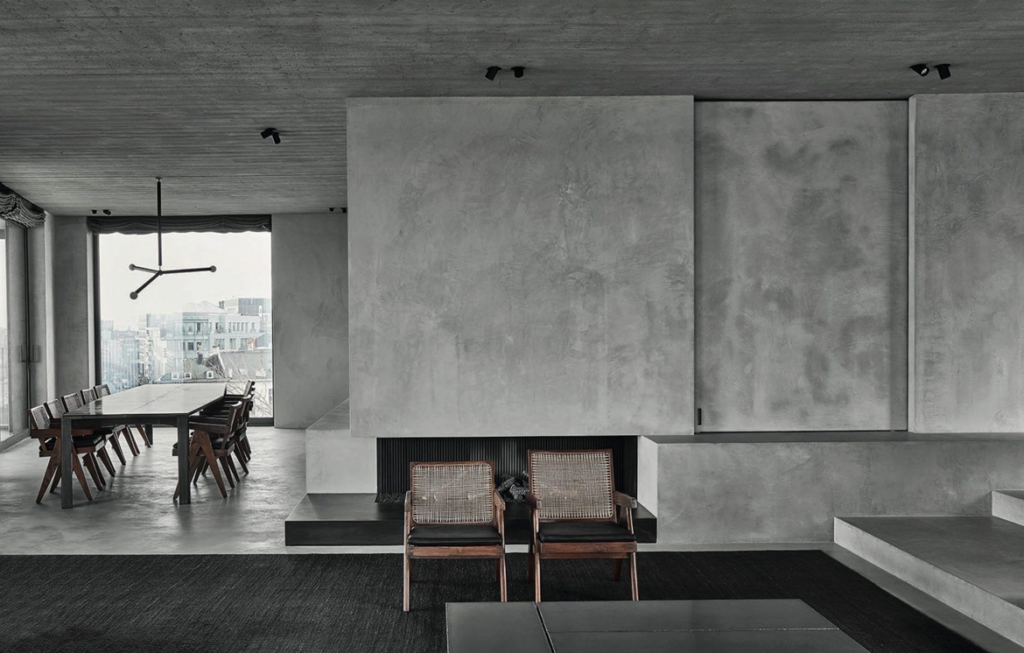
Nearly 400 thousand followers on Instagram—myself included—are treated to a daily dose of spectacular design inspiration by Belgian architect Vincent Van Duysen. A top influencer, he finds the social media platform to be an ideal tool to document his visual diary, showcase his creative identity, and communicate his personal manifesto. His uncompromising and focused statements champion ordered calm, unadulterated light, pristine volumes, and passionate attention to detail, always of the highest quality. “I am a modernist in my heart and soul,” Van Duysen told us during last week’s Interior Design: The Legends. His presentation for the audience was as sharp and well articulated as the buildings that comprise his portfolio and the principles that guide his practice.
If you like architecture characterized by poetic, pure forms illuminated by lots of natural light the way I do, then you’re sure to appreciate Vincent van Duysen’s work. Together with John Pawson and Peter Zumthor, he is a high-profile ambassador of contemporary minimalism. Like Pawson, his work celebrates the innate beauty of natural materials; like Zumthor, his projects honor the primacy of place, paying respect to a site’s culture, history, and people. Mies van der Rohe’s mantra “God is in the details” comes to mind when examining Van Duysen’s interiors.
The C Penthouse, an urban loft in Antwerp, is Van Duysen’s most iconic, most publicized project. It is where he has fully encapsulated his architectural vision and signature principles. Located in a new development in the southern part of the city, the design program of the space references the historical warehouses of the surrounding neighborhood through the architectonic, monochromatic approach that is Van Dyusen’s hallmark. Antwerp’s gray sky and colorless river alongside the textures of its cobblestone streets are echoed in the loft’s raw materials, dominated by concrete and reclaimed timber.
Van Duysen’s point of departure for many of his interiors is the array of historical precedents that he has mentally cataloged through years of inquisitive travel and pilgrimages to architecture and art masterpieces from the past. In the case of his C Penthouse, inspiration came from the work of Belgian modernist Georges Vantongerloo (1886-1965), a founding member of De Stijl Group who excelled in the construction of pure geometrical planes and volumes.
Looking at Van Duysen’s sincere minimal oeuvre, where spaces are superbly executed in essentialist forms and materials, it is hard to believe that his career began in the heart of Italian postmodernism. As a recent graduate in the 1980s, he trained under Aldo Cibic, founding member of Memphis Group, at the height of the Radical Design movement and the craze for graphical, colorful, twisted, and elusive products overrun with playful and plastic surface embellishments. While this was the most sensational thing happening in design at the time, it was clear to the young Belgian architect that he would not follow this direction. Instead, he developed an interest in purism, on a quest to recreate the restrained, authentic expressions that he found in his own heritage, in the DNA of Flemish culture. Van Duysen has never changed course, forging his voice in the world of design around a commitment to integrity. Whether in urban apartments, country houses, suburban homes, or in his role as the Creative Director of Molteni&C|Dada, his subtle language is well established.
Van Duysen’s world is enriched by his deep relationship with and knowledge of design history. He calls his former teacher, Belgian architect Juliaan Lapens, the Oscar Niemeyer of the Flanders. Van Duysen admires, in his words, this “master of brutal modernism” for his ability to balance sculpture, nature, and architecture and for introducing organic qualities to cold concrete. Japanese architecture also holds a special place in his heart, and to him, Tadao Ando—with his intense sensitivity to space, light, and the sensuality of nature—is the greatest master of contemporary Japanese architecture. Other sources of inspiration include the Palais Stoclet, created as a gesamtkunstwerk by Josef Hoffmann in Brussels at the turn of the 20th century, where every design element is bespoke and integrated. He respects Frank Lloyd Wright’s way of connecting architecture to the American landscape and Mexican architect Luis Barragan’s approach to modernism, which interprets the colors of Mexico in the most lyrical way. And above all, Van Duysen reveres Roosenberg Abbey in Waasmunster, Belgium, designed in the 1970s by architect-monk Dom Hans van der Laan, who theorized that capturing the essence of spatial experience is the foundation for the design process.
For Van Duysen, his BS Country House in Zwevegem, Belgium, a compound of multiple farmhouses, has personal importance because of its similarity to the barn in the Flemish countryside where he grew up, a metaphor for his own roots. He turned this landmark Flemish dwelling into a sophisticated contemporary house of minimalist sensibility, with spectacular panoramic views of windmills, stables, and open fields. To preserve the authenticity of the structure, he used exclusively local materials, such as wood, aged bluestone, red roof tiles, and kalei brick, which he brought from the exterior into the interiors. The open kitchen, typical to his interiors, is an extension of the cabinetry and architecture language found throughout the house. Kitchens, according to Van Duysen, are an integral part of the living area.
Creating architecture that looks like it belongs to its place is Van Duysen’s mission. Another example is his VDC Residence, a suburban midcentury house in Kortrijk, Belgium, that has the air of a grand neoclassical villa. Here, he added a modernist pool house to the property. The glass curtain wall slides down, a trick originated by Mies in his Villa Tugendhat, to turn the pool house into an open garden, eliminating the boundary between interior and exterior.
During our conversation, Van Duysen shared two projects outside of Belgium, in his beloved cities of Milan and New York. In Milan, a city he considers his second home, the apartment is furnished with icons of Italian design by Gabriella Crespi, Gio Ponti, and Alessandro Mendini. The space is undeniably Italian but filtered through Van Duysen’s distinct vocabulary. The HH Penthouse, located in the former Lane Theater in downtown NYC, reflects Van Duysen’s love for the urban fabric of the Big Apple and the 19th-century cast iron buildings of lower Manhattan. The challenge here was to achieve a sense of elegant sophistication within a SoHo building of a strong industrial identity, so Van Duysen drew inspiration from the magical, minimalist interiors of famed French Jewish decorator Jean-Michel Frank (1895-1941), notably the first cousin of diarist Anne Frank. More decorated than most Van Duysen interiors, the apartment is an oasis of calm in the bustling city thanks to the introduction of neoclassical features and warm, luxurious materials, like cashmere curtains and wall treatments, mid-century wood furniture, bespoke woodwork, and Vicenza stone.
The talk with Vincent Van Duysen concluded a spectacular two seasons of Interior Design: The Legends, where I conducted weekly dialogues with the world’s leading interior designers. Each of these rare talents radiated exquisite taste, playing a key role in defining the power of the quintessential interiors of the 21st century. What a pleasure it’s been. This article was published today in Forum Magazine by Desigin Miami/.


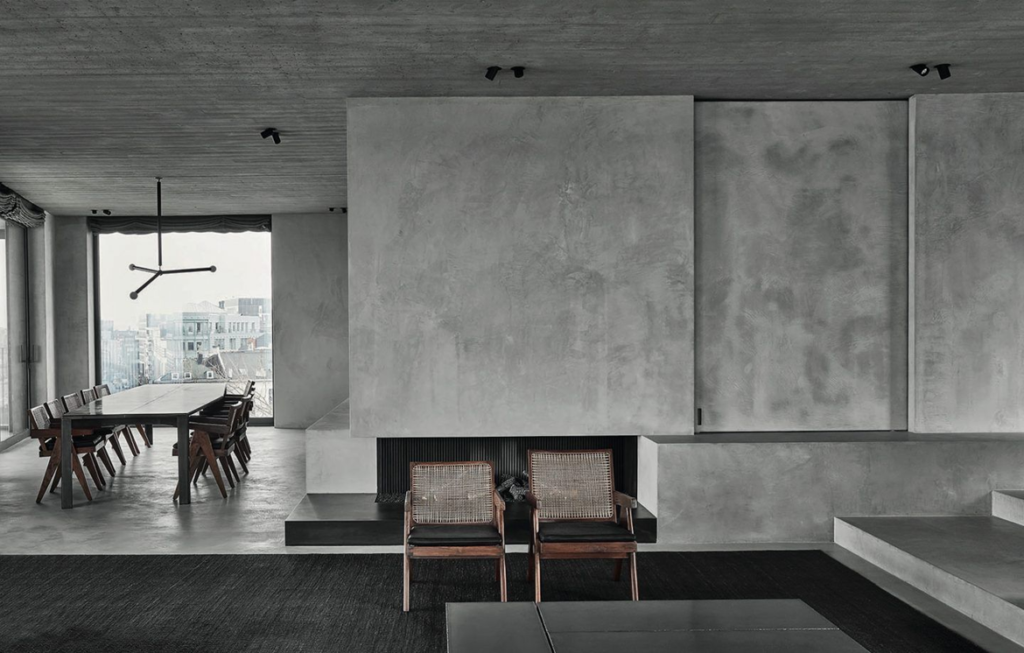
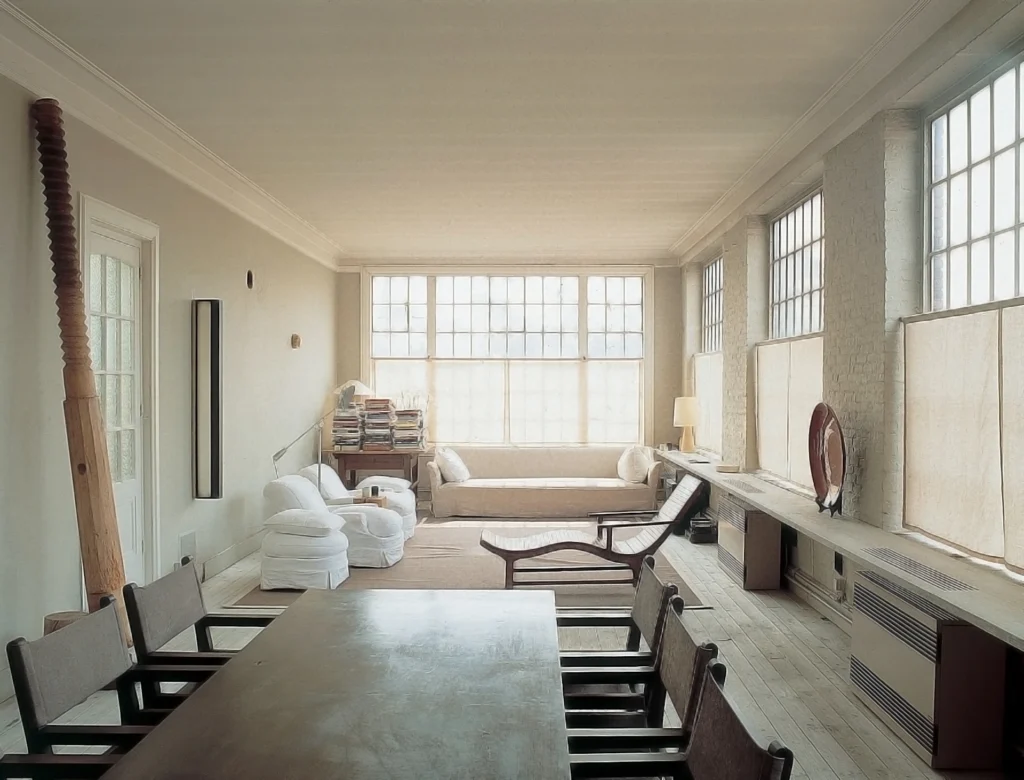
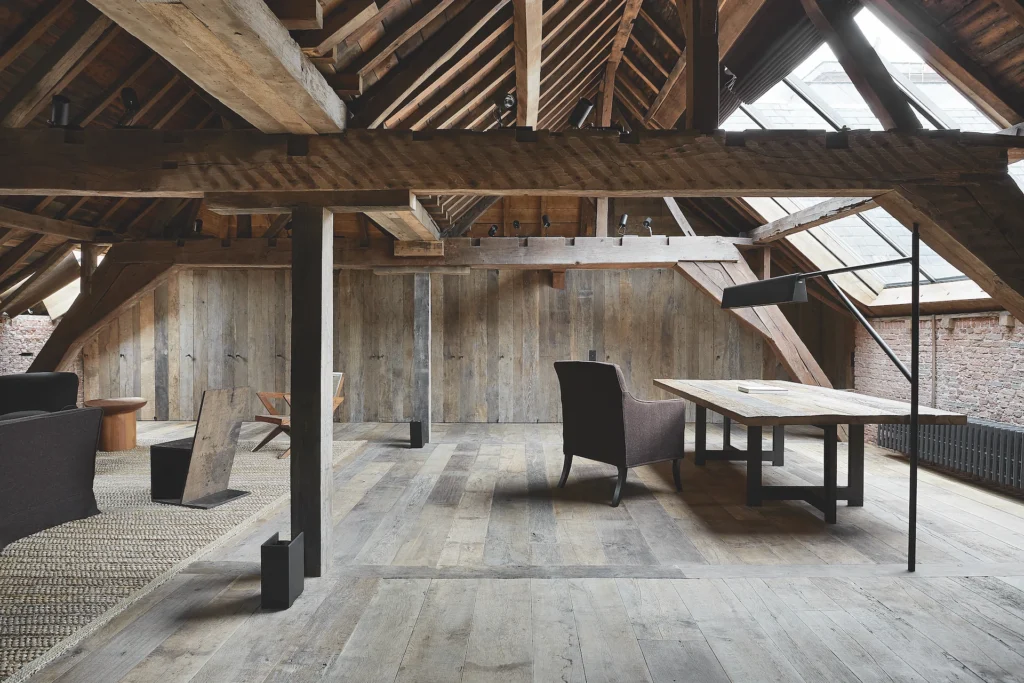
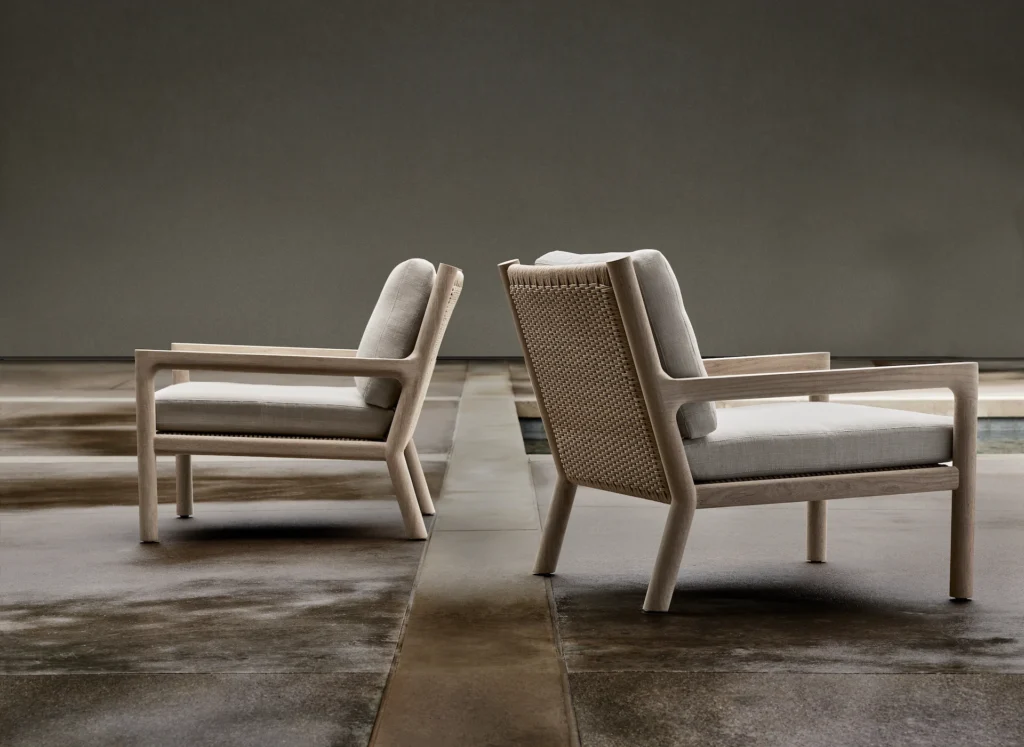


Two terrific series of programs on the best in Interior Design. Amazing designers who make the world a more beautiful place in this horrifying time of war, inequality, human suffering and the eroding of democracies and personal freedoms. Thanks Daniella for your knowledge and ability to present these talents to those of us who share your passion for design!!!
Thanks, Laura. It is always pleasure having you in the programs. Have a wonderful summer. Best, Daniella